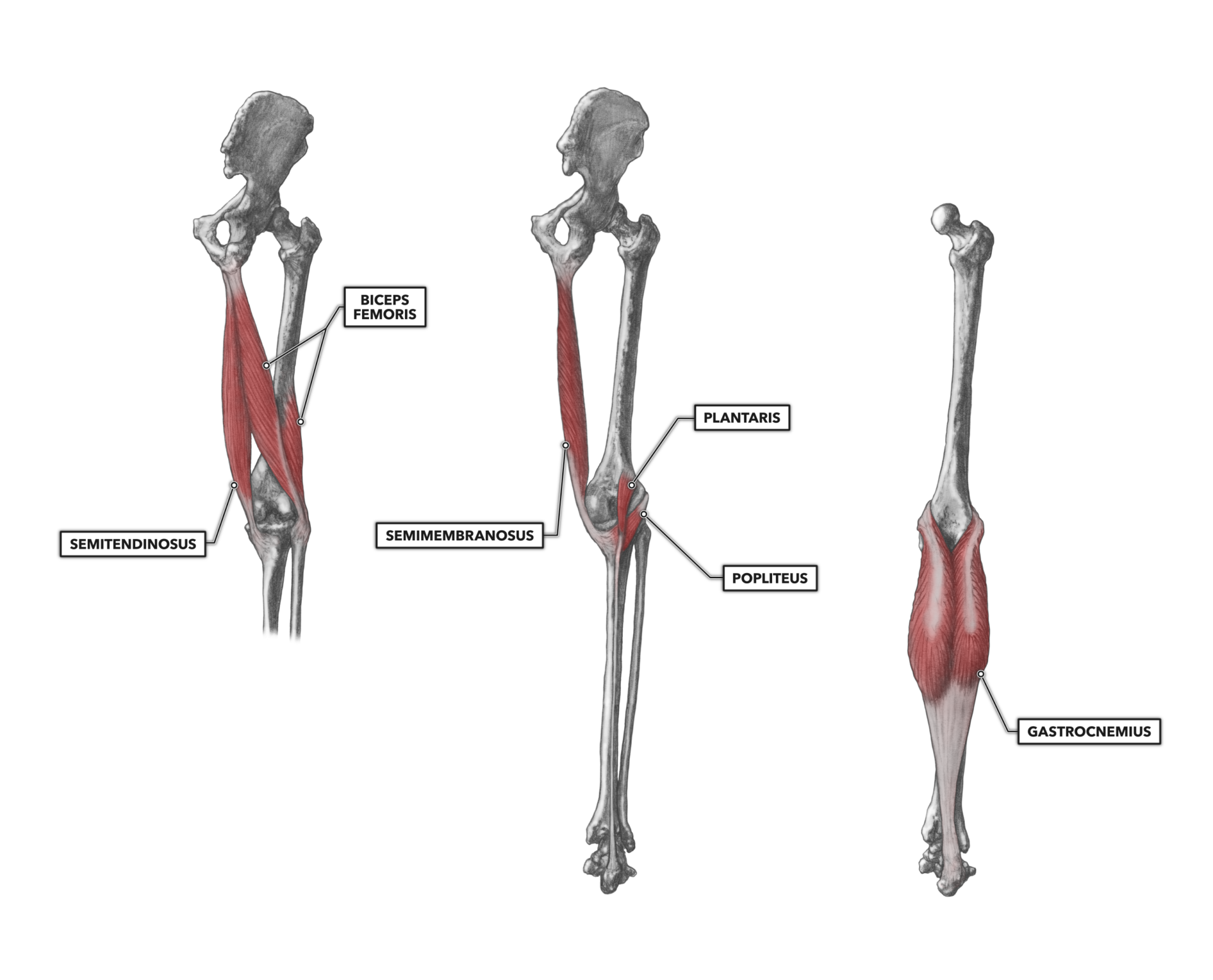

The food molecules that cannot be digested or absorbed need to be eliminated from the body. The simple molecules that result from chemical digestion pass through cell membranes of the lining in the small intestine into the blood or lymph capillaries. These are rhythmic waves of contractions that move the food particles through the various regions in which mechanical and chemical digestion takes place. The movements that propel the food particles through the digestive tract are called peristalsis. These repetitive contractions usually occur in small segments of the digestive tract and mix the food particles with enzymes and other fluids. Mixing movements occur in the stomach as a result of smooth muscle contraction. This movement is deglutition, or swallowing. ligaments surround the hip and help hold it in place while moving.

MovementsĪfter ingestion and mastication, the food particles move from the mouth into the pharynx, then into the esophagus. The hip joint allows for movement in three major axes, all of which are perpendicular. Digestive enzymes speed up the hydrolysis process, which is otherwise very slow. Chemical digestion, through a process called hydrolysis, uses water and digestive enzymes to break down the complex molecules. The complex molecules of carbohydrates, proteins, and fats are transformed by chemical digestion into smaller molecules that can be absorbed and utilized by the cells. This is mechanical digestion, which begins in the mouth with chewing or mastication and continues with churning and mixing actions in the stomach. The large pieces of food that are ingested have to be broken into smaller particles that can be acted upon by various enzymes. This process, called ingestion, has to take place before anything else can happen. The first activity of the digestive system is to take in food through the mouth. The digestive system prepares nutrients for utilization by body cells through six activities, or functions. After the nutrients are absorbed, they are available to all cells in the body and are utilized by the body cells in metabolism. These organs secrete fluids into the digestive tract.įood undergoes three types of processes in the body:ĭigestion and absorption occur in the digestive tract. The salivary glands, liver, gallbladder, and pancreas are major accessory organs that have a role in digestion. The tongue and teeth are accessory structures located in the mouth. It includes the mouth, pharynx, esophagus, stomach, small intestine, and large intestine. The digestive tract, also called the alimentary canal or gastrointestinal (GI) tract, consists of a long continuous tube that extends from the mouth to the anus. Food is broken down, bit by bit, until the molecules are small enough to be absorbed and the waste products are eliminated. The digestive system includes the digestive tract and its accessory organs, which process food into molecules that can be absorbed and utilized by the cells of the body. Acknowledgements Introduction to the Digestive System


 0 kommentar(er)
0 kommentar(er)
